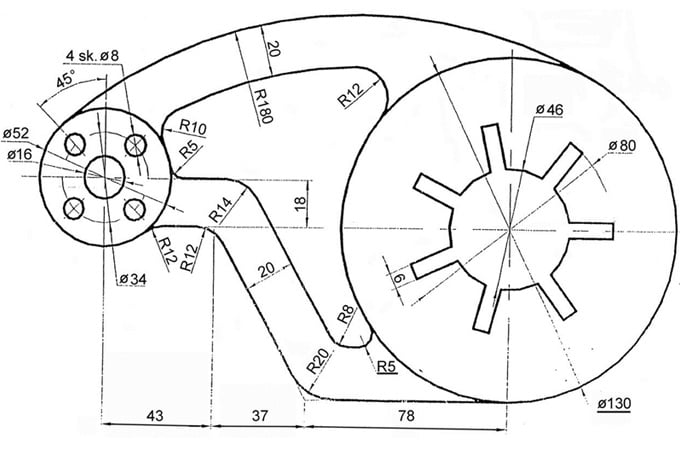Residential Design Using Autocad 2019 Exercise 6-2
This mod has been set to hidden. Hidden at 16 Apr 2019, 6:45AM by BoneTongue for the following reason: Inadequate for my current skill level, I might. Mafkit the Make a Follower Kit By Asherz. Which gender do you want your Skyrim follower to be? I want to make a male follower. CLICK IMAGE TO PROCEED. I want to make a female follower. CLICK IMAGE TO PROCEED. Jul 08, 2012 Bored of the vanilla followers in Skyrim? Can't find the perfect marriage partner? If you own a PC copy of the game, you can rectify this disappointing state of affairs by creating a companion of your very own. Although there are a lot of steps, it's not complicated to do, and this tutorial will guide you every step of the way, even if you're a Creation Kit noob. Skyrim make a follower kit. From the Object Window, drag your new NPC follower (from the Actors list) over to the Render Window. Save your plugin and test by launching Skyrim and visiting the cell in-game. If you don't currently have another follower, there should be a dialogue option to 'Follow me. I need your help.' Jun 15, 2016 What you Need to get started - Download the Creation Kit - In SkyrimEditor.ini (Skyrim folder) under General set bAllowMultipleMasterLoads=1 - Download Mul.
The present AutoCAD reference guide is, basically, an extension of our teaching, training and working experience in the CAD (Computer Aided Design) field and covers only ~200 commands of AutoCAD. In a productivity war, not only fewer weapons (tools and commands) force us to imbibe the defeat, but more than enough weapons are also suicidal (because we have less time for selection of weapon, too). So a compromising balance has been tried to achieve the optimum.The available average good books on AutoCAD are horribly containing 2-3 thousands of pages for main text, with dozens of pages, only for their contents. All these mess is full of unnecessary details of even very simpler commands, which user can easily learn intuitively. Even after the bulk of pages they skip some really useful commands, which could otherwise boost the productivity of end user.
Residential Design Using Autodesk Revit 2019 is designed for users completely new to Autodesk Revit. This text takes a project based approach to learning Autodesk Revit’s architectural tools in which you develop a single family residence all the way to photorealistic renderings like the one on the cover.
While this reference guide is intended to provide a compact guide of AutoCAD to a wide range of working CAD professionals and students, ranging from engineering streams (architectural, civil, mechanical, electrical, etc.) to non-technical streams. We are relying heavily on the AutoCAD’s user friendly interface while writing the reference guide, as after entering the command alias in AutoCAD, it, itself, tells ‘n asks for minimum ‘n necessary details through command line. So, practically, there is no need of written procedural details.
As this reference guide book is complimentary with the ‘AutoCAD-Advanced’ and ‘AutoCAD-Professional’ courses of ‘4Dimensions’, most commands given in this guide need at least one time lab training on real projects by an experienced tutor/professional. Each command, once mastered, doesn’t need the whole procedure to be remembered exactly (as different versions may have different procedures).
Content Development Team
4 Dimensions
Residential Design Using Autocad 2019 Exercise 6-2 Table
Familiarize yourself with how to navigate through AutoCAD. The workspace in AutoCAD is divided into 2 distinct areas. The drawing area covers most of the screen and toolbars are anchored above and below the drawing area. They include:

- Application button: The large, red A at the top, left-hand corner of the screen is the application button. Use it to print files and to exit the program.
- Quick-access toolbar: This toolbar sits next to the application button and contains common commands like 'Save' and 'Open.'
- Ribbon: Located below the quick-access toolbar, the ribbon is comprised of a series of tabs (e.g., 'Home,' 'Insert,' 'Annotate,' 'View,' etc.) that contain groups of standard commands and tools.
- Status bar: The toolbar across the bottom of the screen is the status bar. It mostly consists of control settings that allow you to monitor changes in the drawing.
- Command/prompt toolbar: Directly above the status bar is the command/prompt toolbar. This is where the software communicates with you.